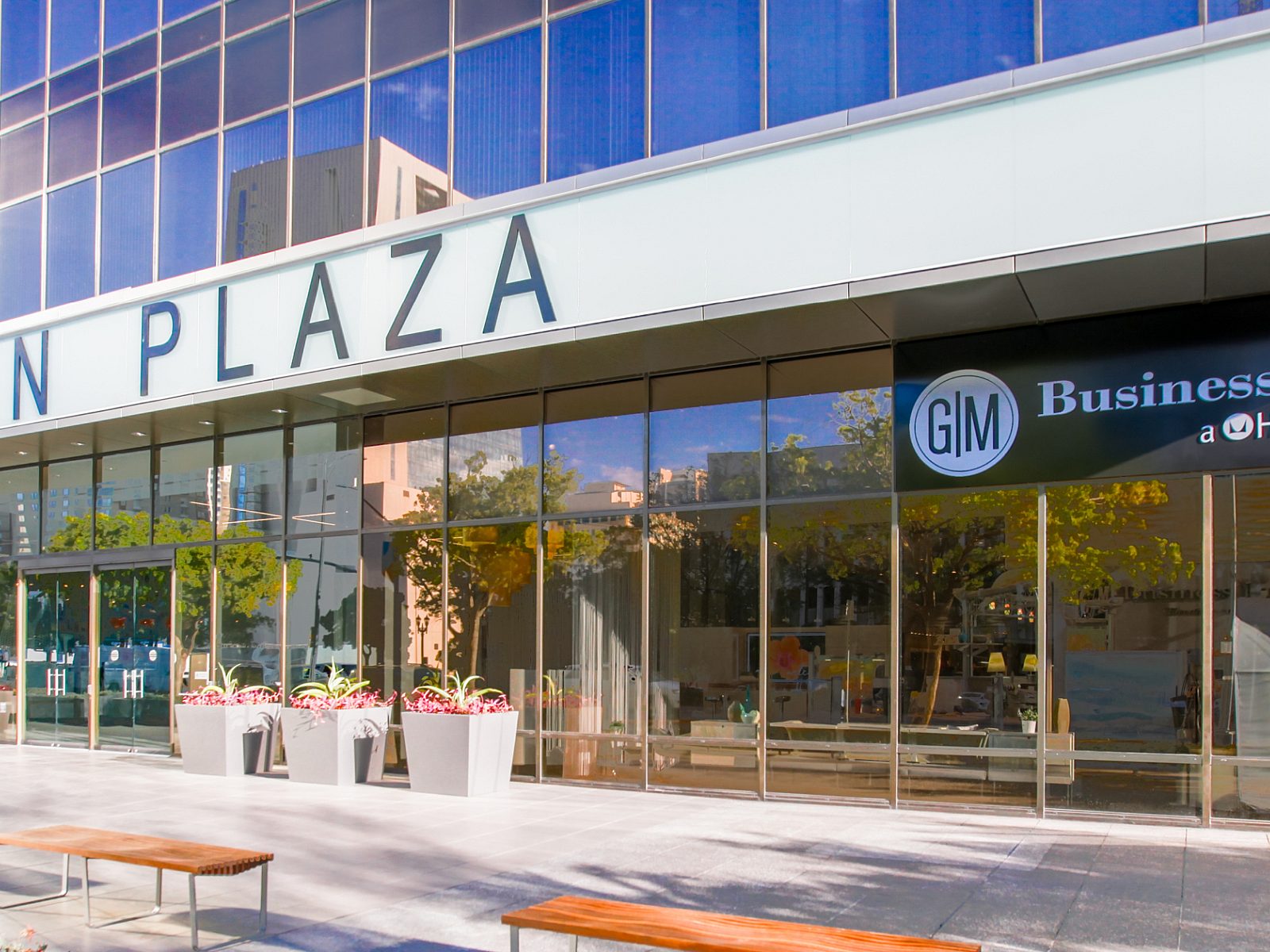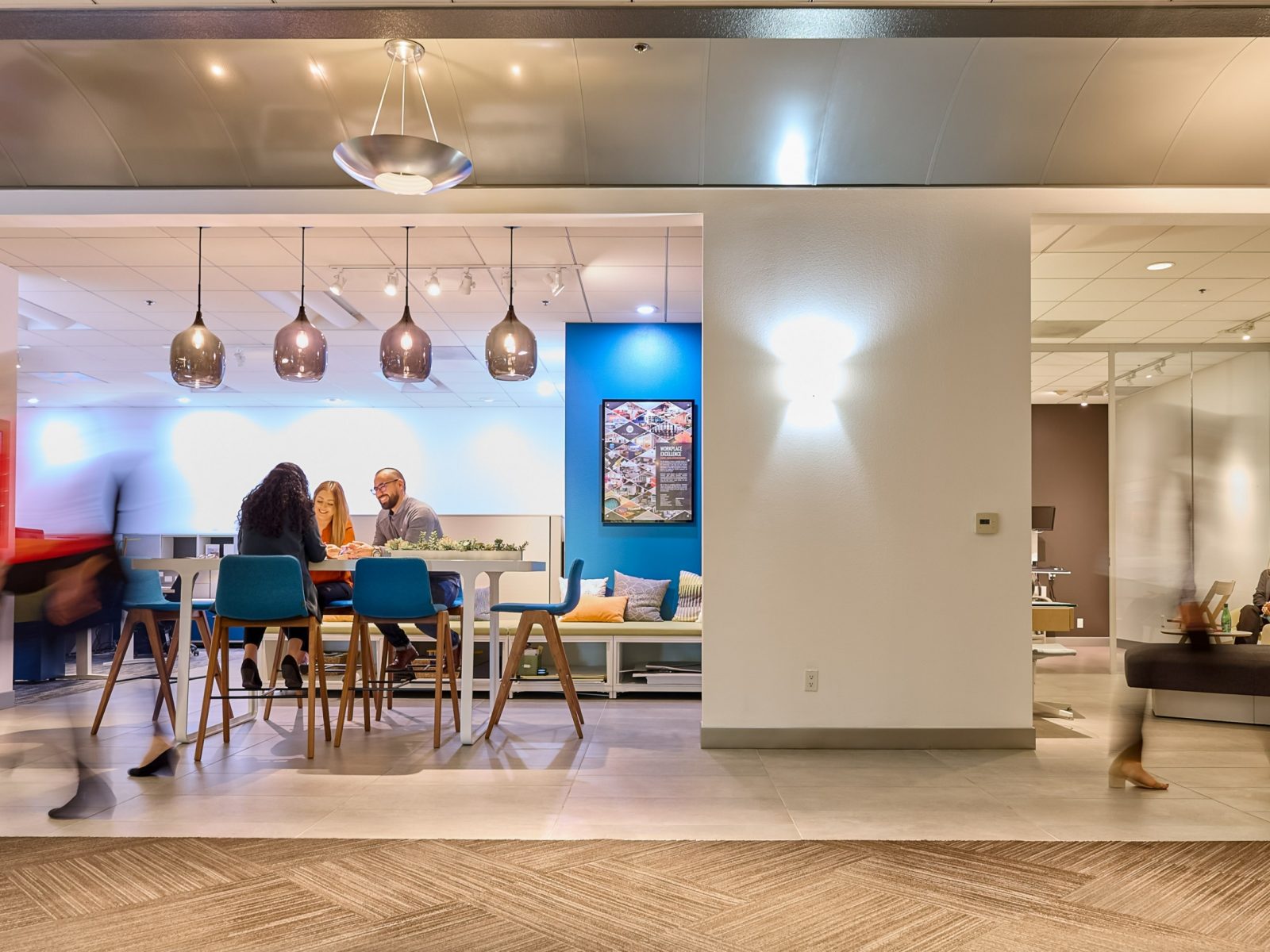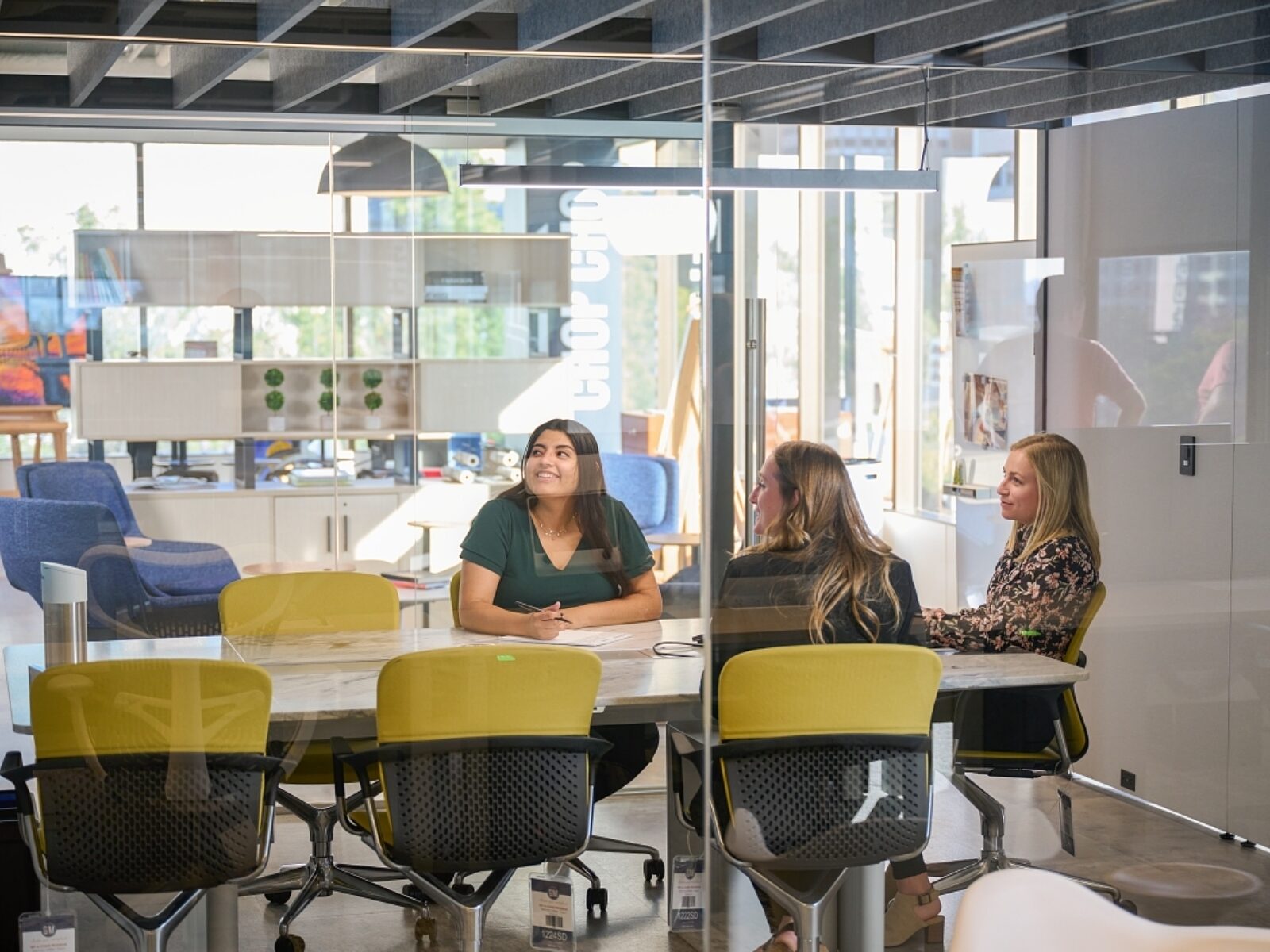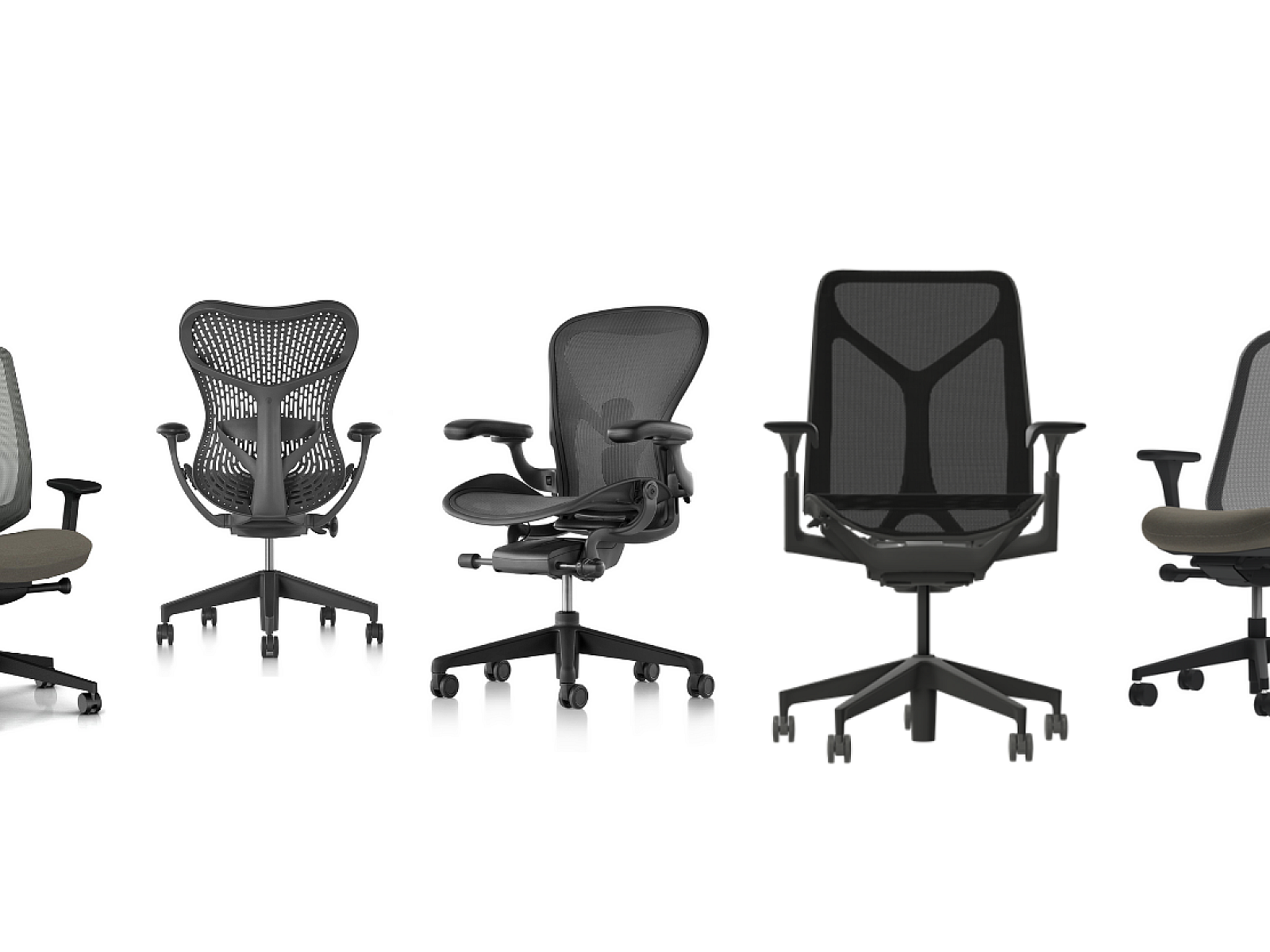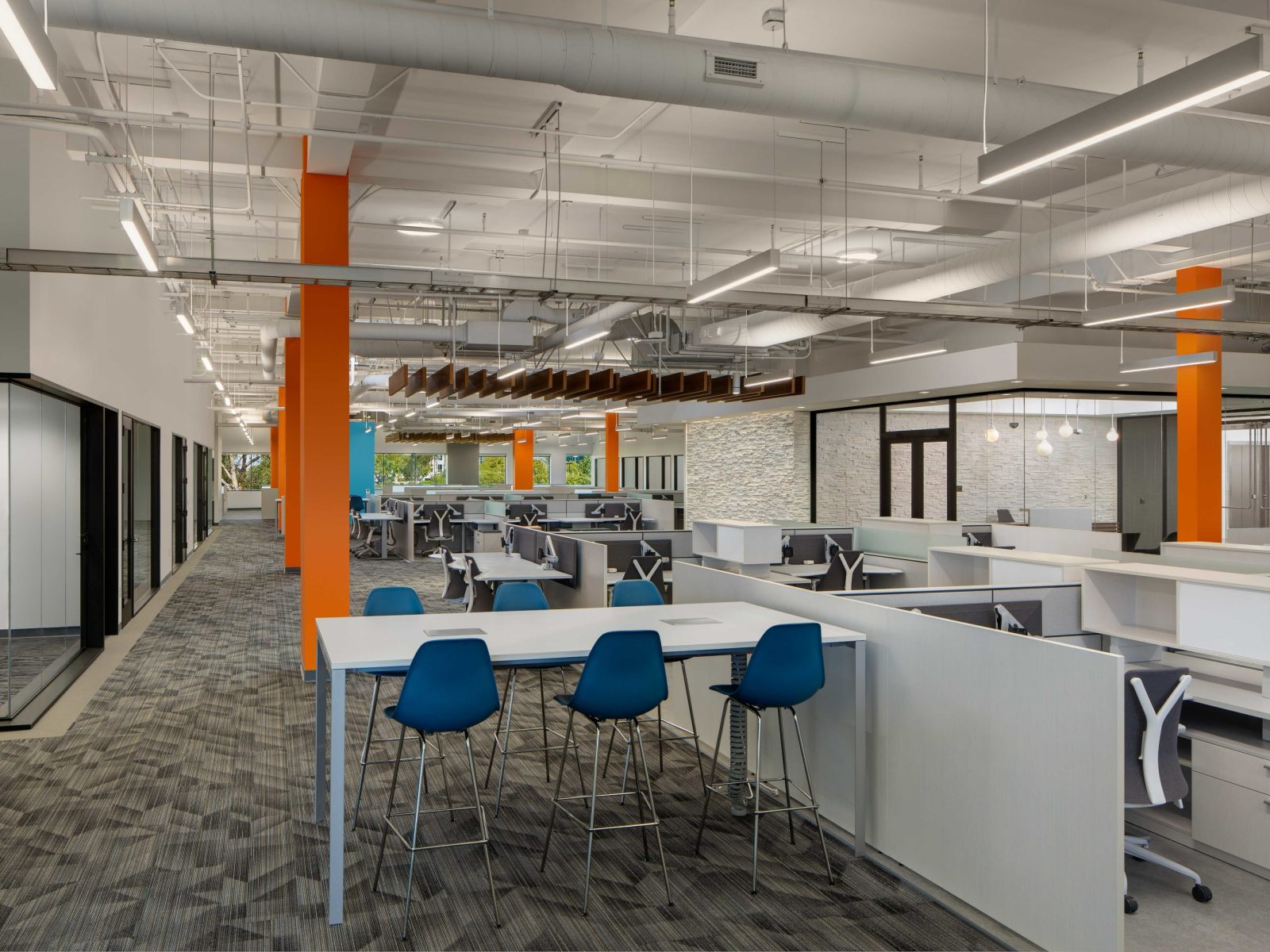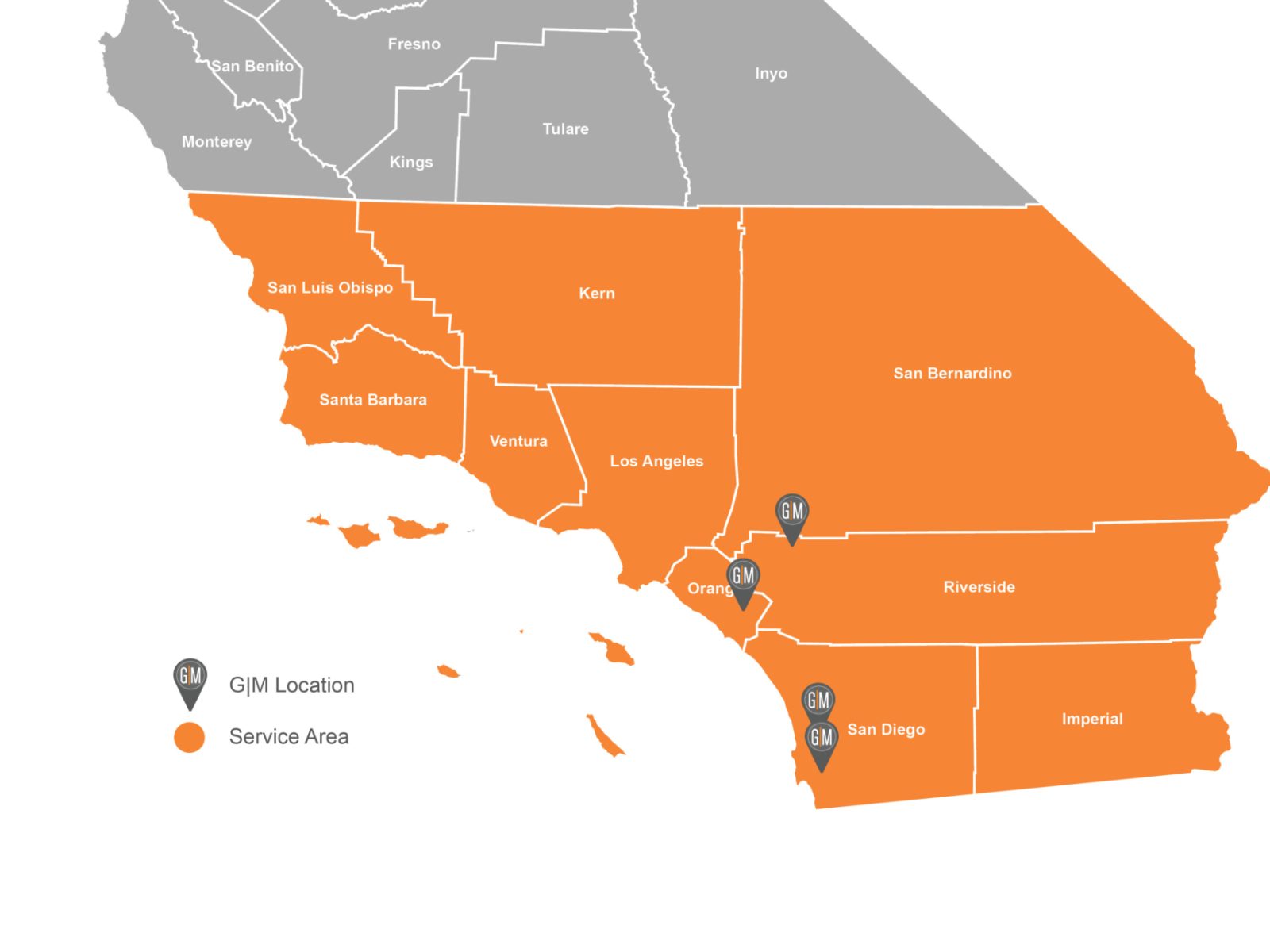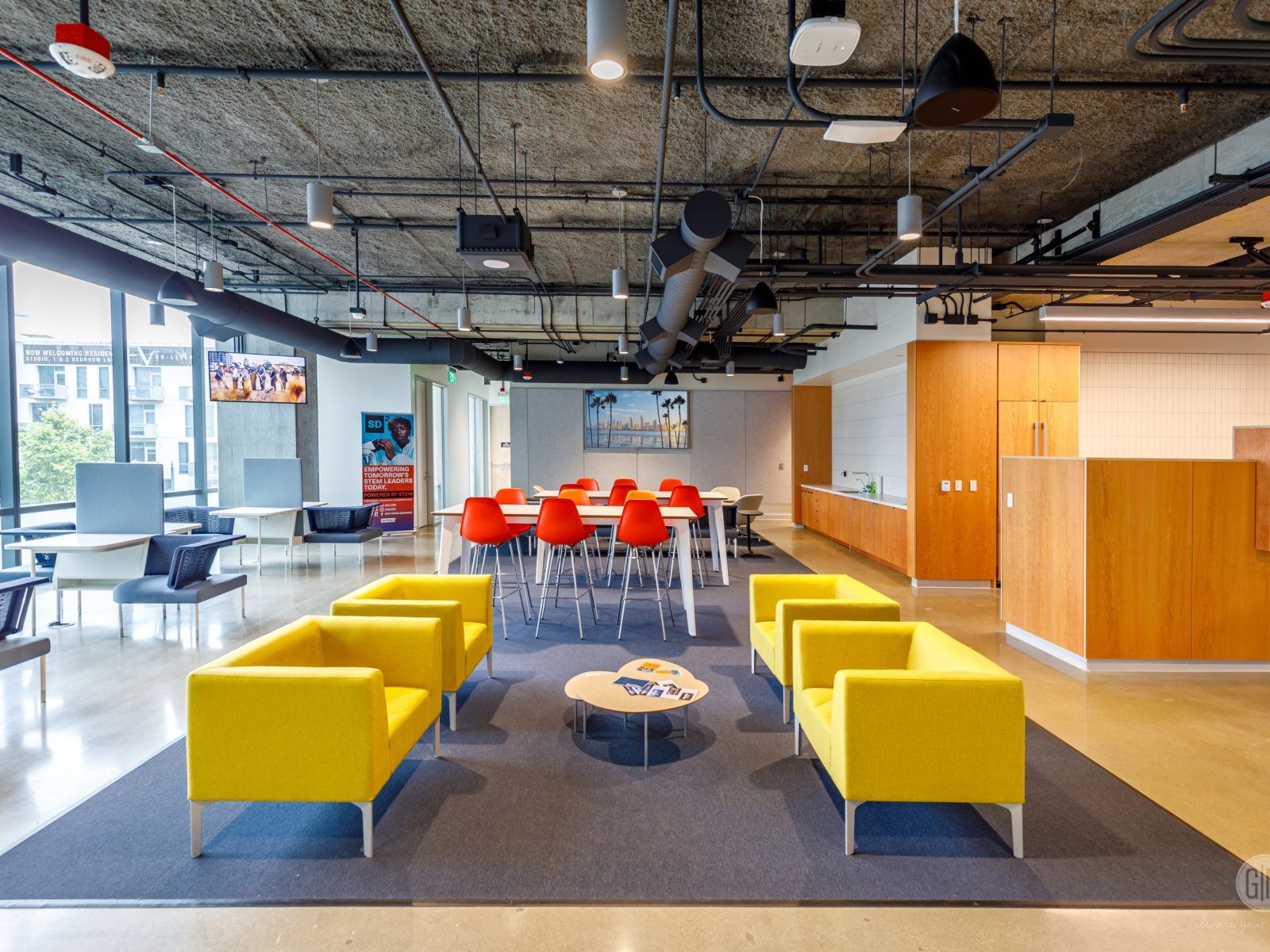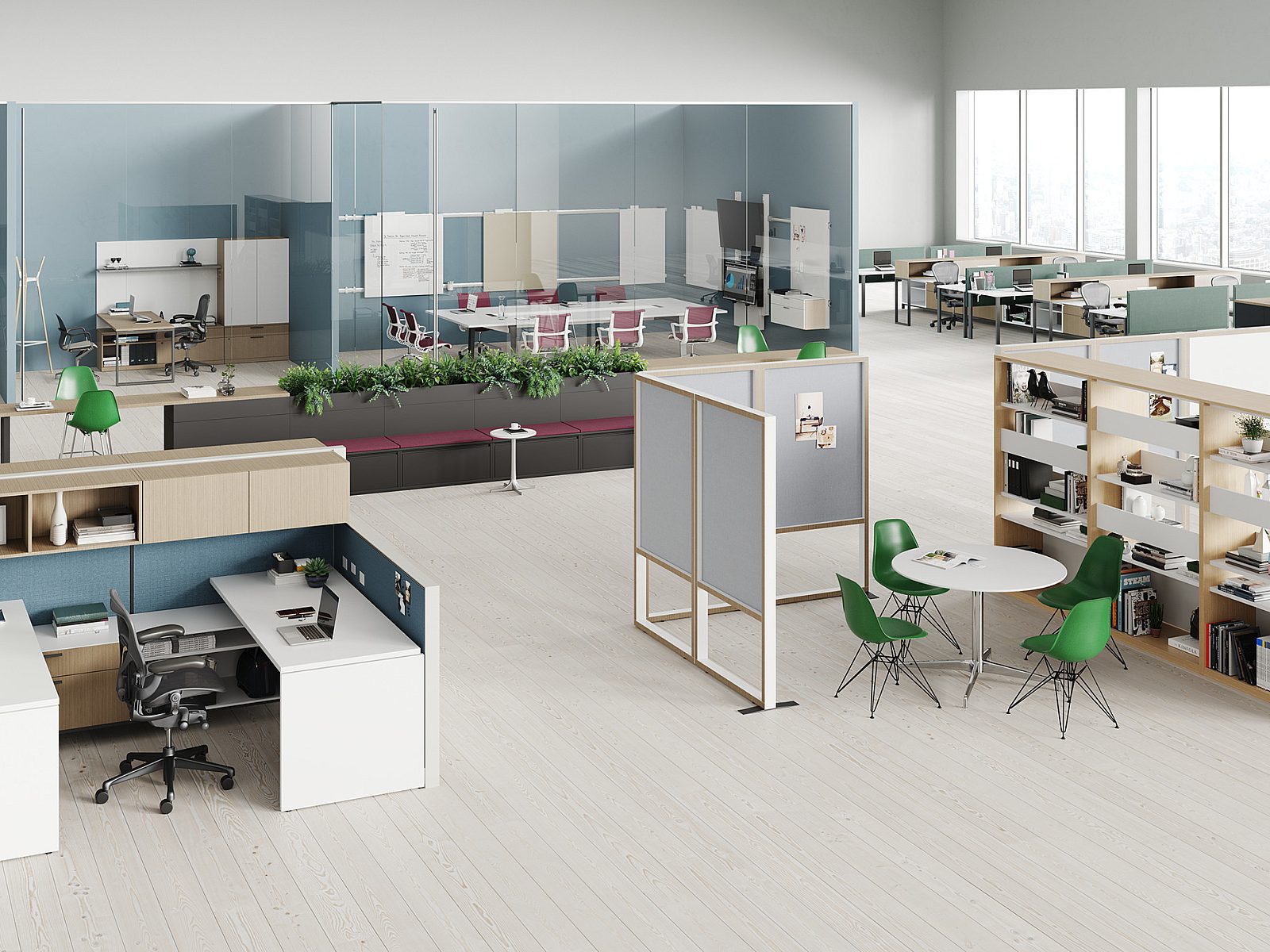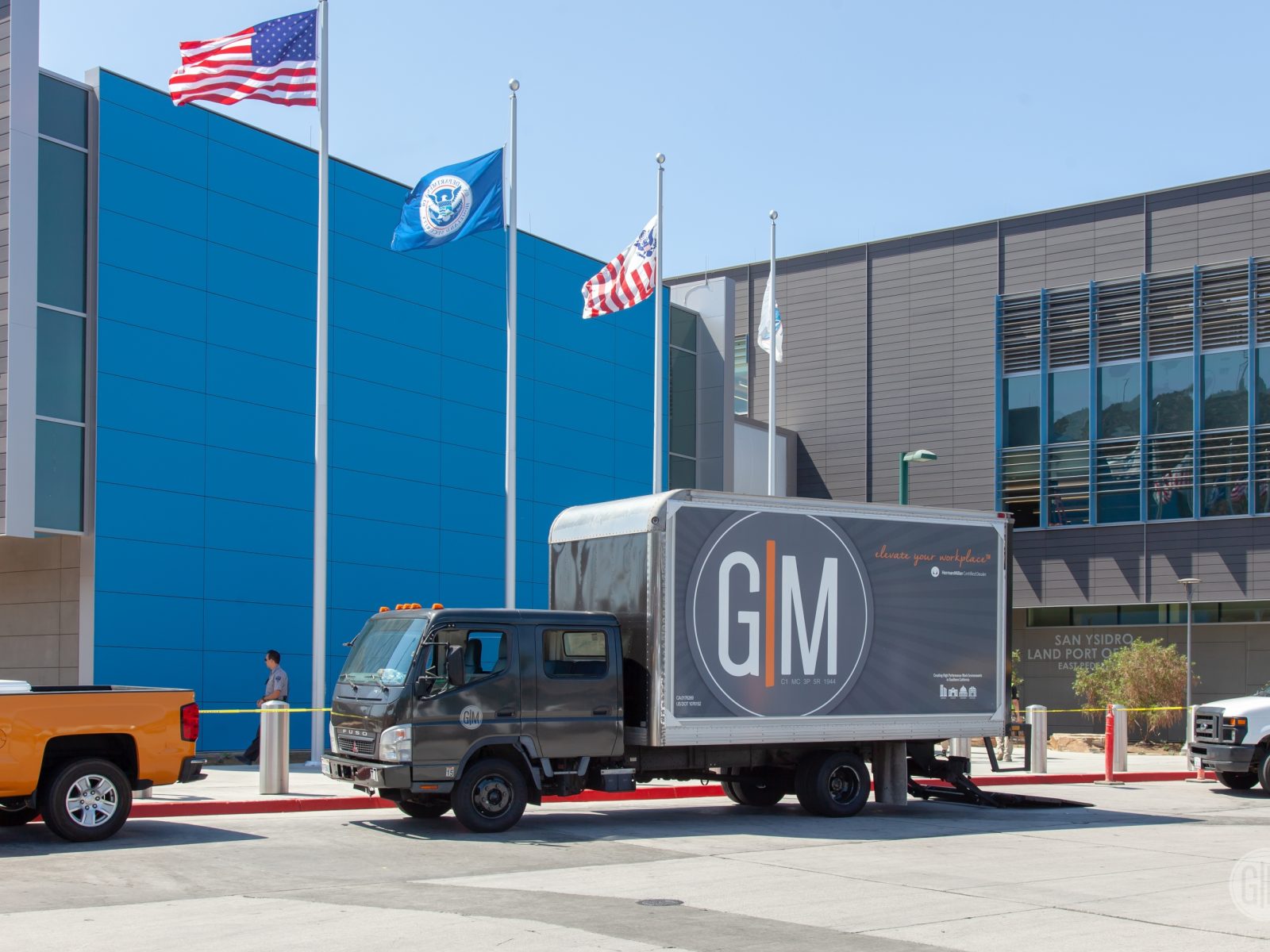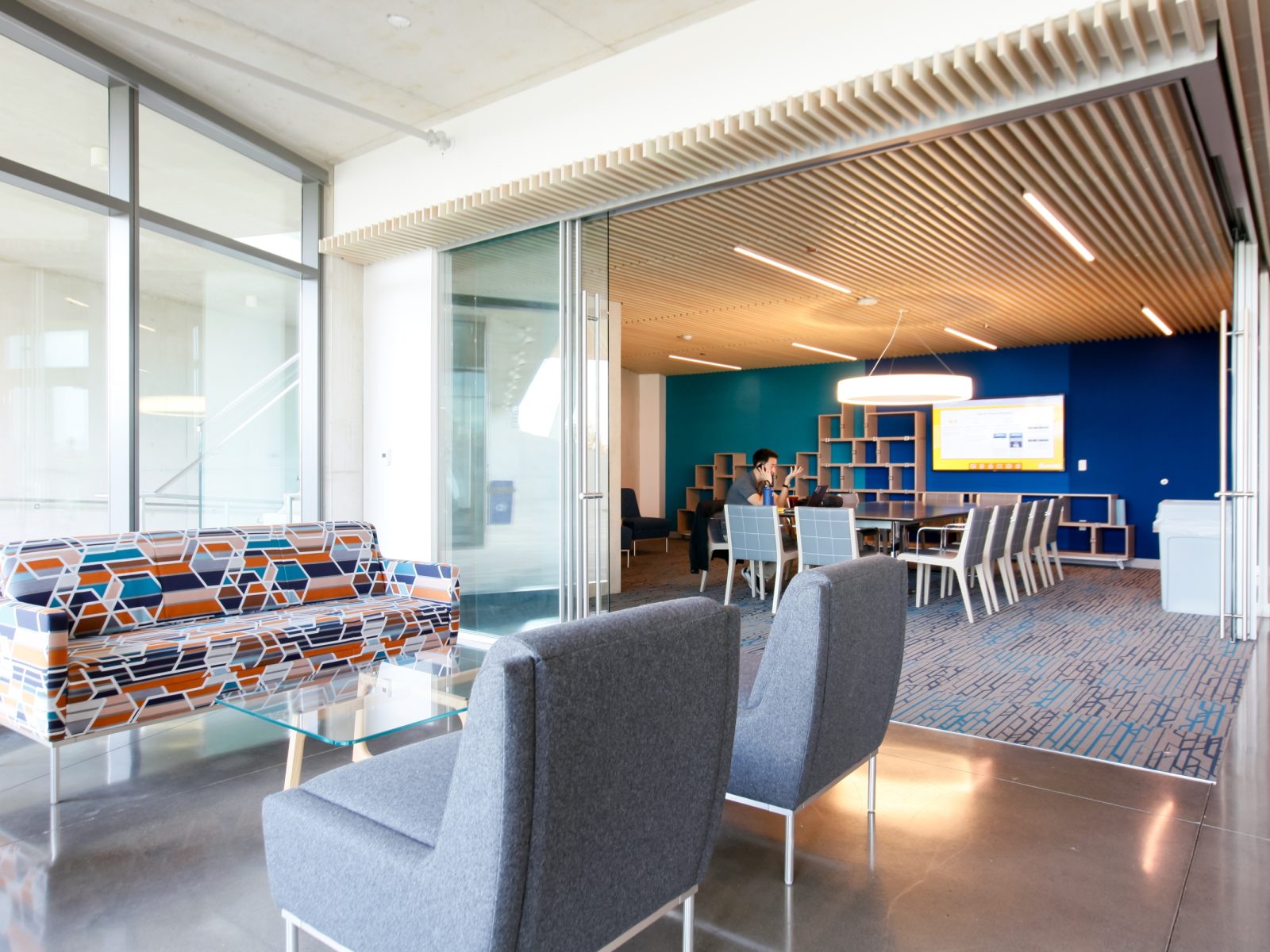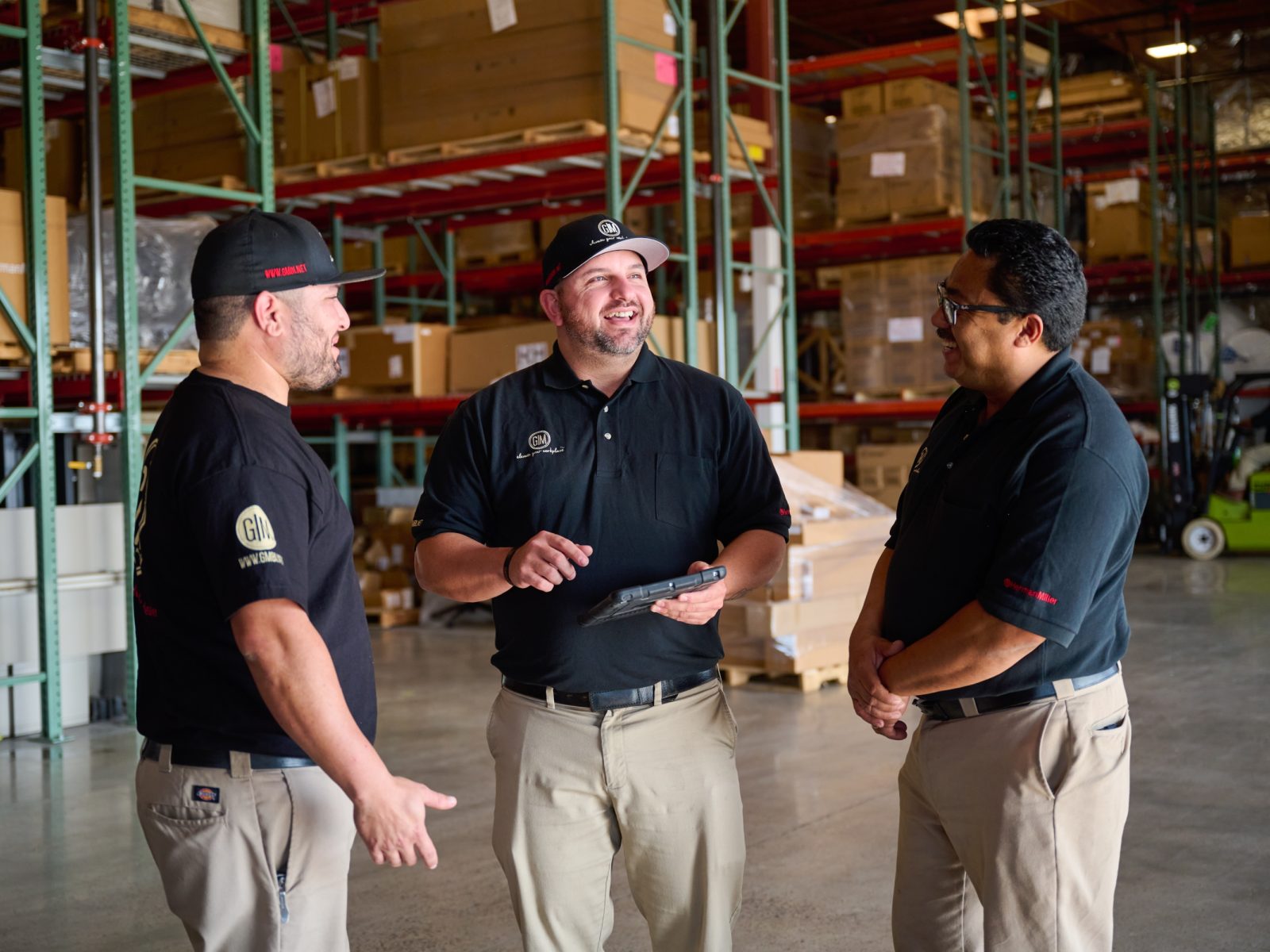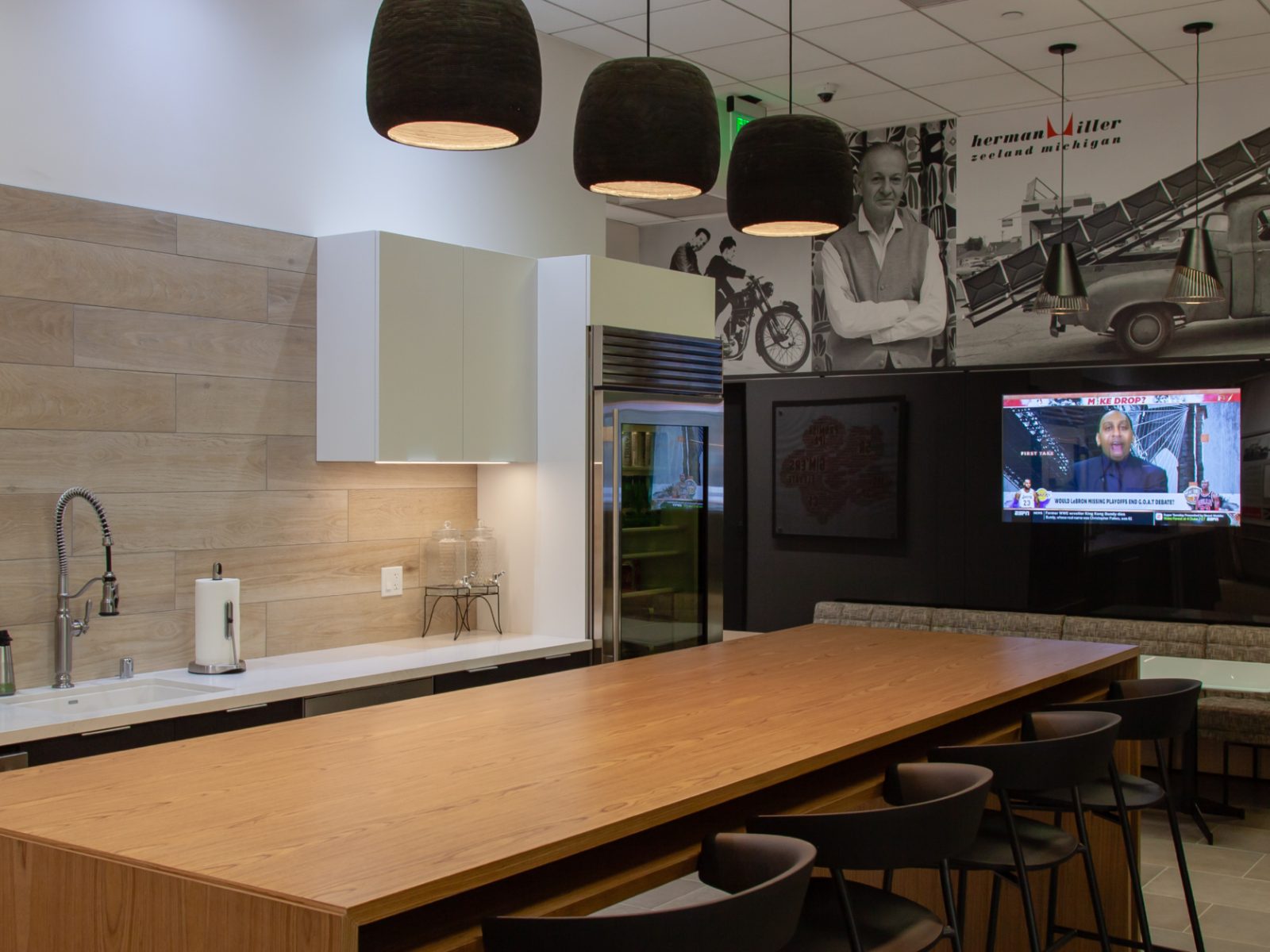What Tech Giants’ Office Moves Tell Us About The Future Of Work
What does the tech industry know that can inform other occupiers as they consider the current virus-dominated reality and look ahead to a post-COVID-19 future?

As the COVID-19 pandemic rolled through the summer and early fall, what would seem like a dichotomy at first glance started to emerge for office space in major cities and secondary hubs. Big-name tech companies, conscious of the health and wellness of their employees, moved rapidly towards making work-from-home part of the new normal. And at the same time, public information emerged about the tech sector starting to lease office space at close to pre-pandemic levels.
Amazon announced a $1 billion-plus office investment in cities including Dallas, Detroit and Denver. Facebook’s total office lease in New York topped 2.2 million square feet after taking over the entirety of the office space available at the Farley Building in Midtown. Even Google added another 42,000 square feet to its offices in San Francisco, augmenting its presence outside its Mountain View headquarters.
What do these tech companies know that can inform other occupiers as they consider the current virus-dominated reality and look ahead to a post-COVID-19 future?
While the news about vaccines from Pfizer and Moderna and others soon to follow is indeed promising, the tech industry is set on a more strategic path to the post-pandemic world. These recent office moves point to one strength the tech industry has always exhibited: putting a talented workforce—along with its needs and preferences—at the center of their real estate decisions. Increasingly, that means providing equal opportunity for teams to work physically together or apart.

A hybrid approach to getting work done
Some common themes are emerging as work-from-home lingers. The initial productivity burst among the world’s workforce has given way to a longing for normalcy. While many people enjoy the perks of working from home—flexible hours, no commute—with the recent surge in infections notwithstanding, they miss the camaraderie and community of the office. They don’t appreciate the way work-from-home has blurred the boundaries between their personal and professional lives and don’t feel their home supports the demands of their work functions, whether that’s due to lack of dedicated workspace, or increasingly strained internet bandwidths.
C-suites are challenged with keeping productivity high, and engender a growth and innovation mindset, while giving their employees the tools they need to thrive, whether they return to the office soon, down the road, or not at all. Corporate leaders are looking past productivity alone and considering how to support a hybrid workspace with real estate strategies that are adaptive, resilient and responsible—both to workers’ health and to the larger global community.
The question the tech industry, and beyond, is grappling with is how to create a workplace strategy that meets the needs of the enterprise and the people who power it, while maintaining the flexibility and autonomy that has been the hallmark of large-scale remote work. Their early decisions provide guidance for all manner of knowledge-based work.

The office as a hub
A cornerstone for these decisions is the fact that real estate portfolios are not static. Rather, they are an investment in people and a driver of value. Office locations and functions can help attract the right talent, spur workplace development, and drive business growth.
That’s one of the reasons why office space in talent-rich urban areas continues to entice tech companies. Despite predictions ushering in the end of the city as a response to COVID-19, cities are still where the greatest pools of talented individuals reside. Companies that aren’t positioned in those markets risk losing out to competitors who are invested in using their offices as talent magnets.
But just as tech expands outside of Silicon Valley to capitalize on the cross-section of industries and talent, companies may re-examine their urban-suburban footprint and lease lengths. The goal will not be to house a greater number of workers in a single location, but to provide a variety of talented individuals with the right space, in the right locations, to improve their work experience and their lives, whether that means a quiet spot for heads-down work or a team-based hub close to home.
The right balance of the size of headquarters, and more satellite and flexible locations is the near-term goal of organizations. The long-pursued path of densification to optimize real estate costs is giving way to safe spaces for workshops, trainings, meetings, and the cross-pollination of ideas that drive innovation.
None of these shifts lessen the importance of the office, which will become the hub of the work environment and a place to meet, collaborate, manage, and mentor.
Where social presence and safety meet
Before the office evolves to create value through community and collective experience, there will be a significant effort to bring people back on site. And that will mean addressing their most pressing concerns. How is their overall safety being assured? What investments is the company making to keep them in good health? What are the commuting risks they face and how are they being protected in shared spaces?
In addition to spatial considerations like de-densification, touchless technology is on the rise as corporations aim to slow the spread of germs. Enhanced cleaning in the form of ultraviolet light used in conjunction with space-tracking apps can help returning employees ensure shared space has been cleaned before use. All this while there is an enhanced and accelerating focus on sustainability, which further relies on evidence-based, tech-enabled solutions to deliver greater wellbeing to people within the office and outside in the larger community.
But safety isn’t the only concern. Augmenting shared space and shared experiences with some of the comforts of home will also be important to get people back to the office. According to JLL research, one in three employees enjoyed the peaceful atmosphere of home and the ability to personalize their space—demands that will likely be made of more-traditional offices going forward.

Remote work will no longer be an afterthought
The office can fill an important void in bridging the connectivity, innovation and transformation divides that can occur between remote and on-site employees if left unchecked.
Utilization data can help companies understand the flexibility of space, just as a mix of low- and high-tech solutions will keep employees digitally connected. “Smart” enterprises will harness data to enhance the functions and efficiency of their people and the organization as a whole, delivering greater clarity into how the dispersed workplace interacts—and use that intelligence to improve employee experience and enhance productivity.
Ultimately, real estate leaders will have to determine the purpose of their offices and make decisions that flow from there. It’s only reasonable to expect that office space follows the path of an organization’s purpose and priorities. As the tech industry has demonstrated, aligning real estate with a company’s “north star” will result in a reimagined workplace that meets a company’s needs now and well into the future.

